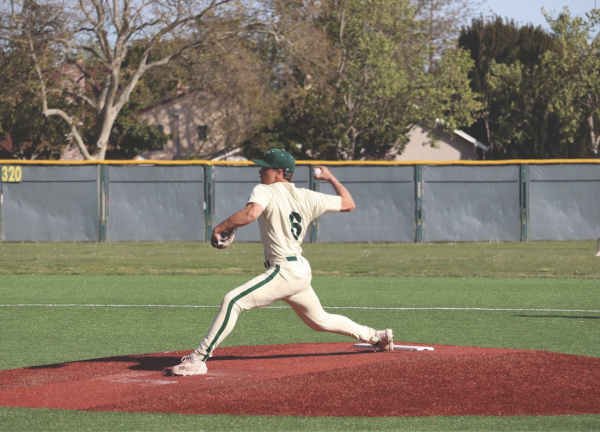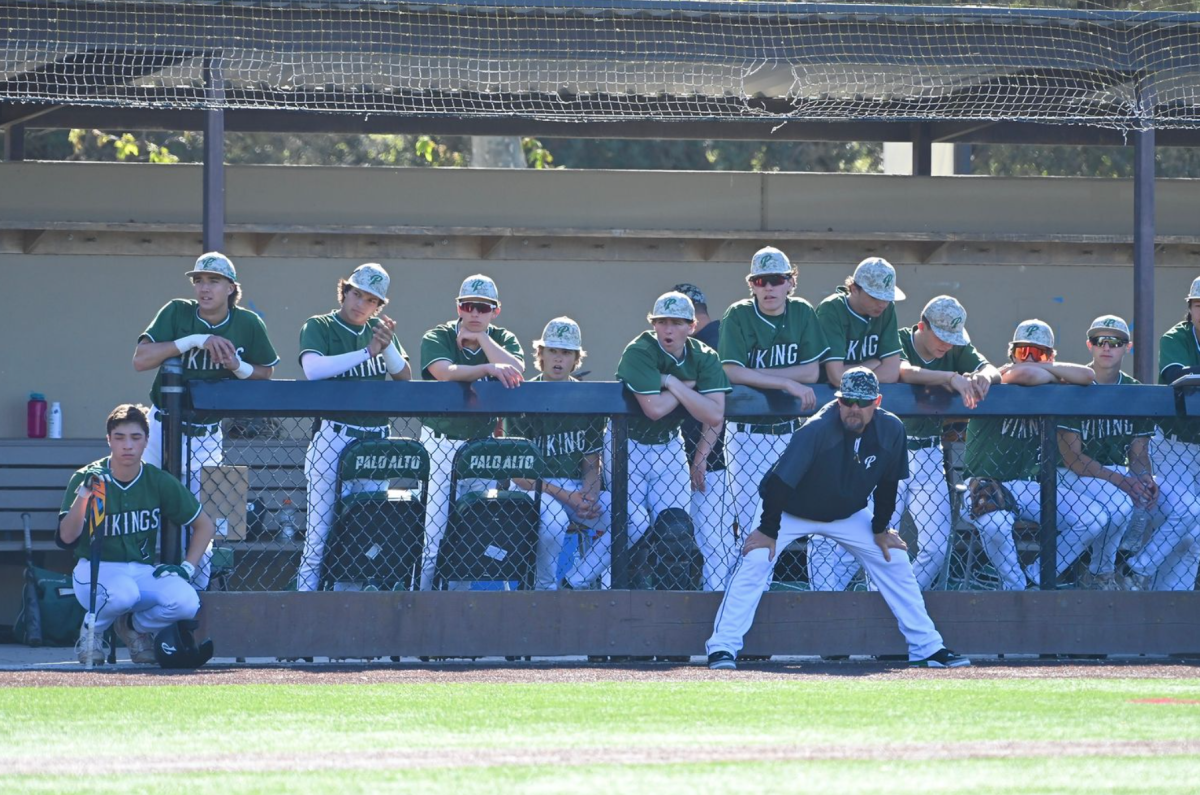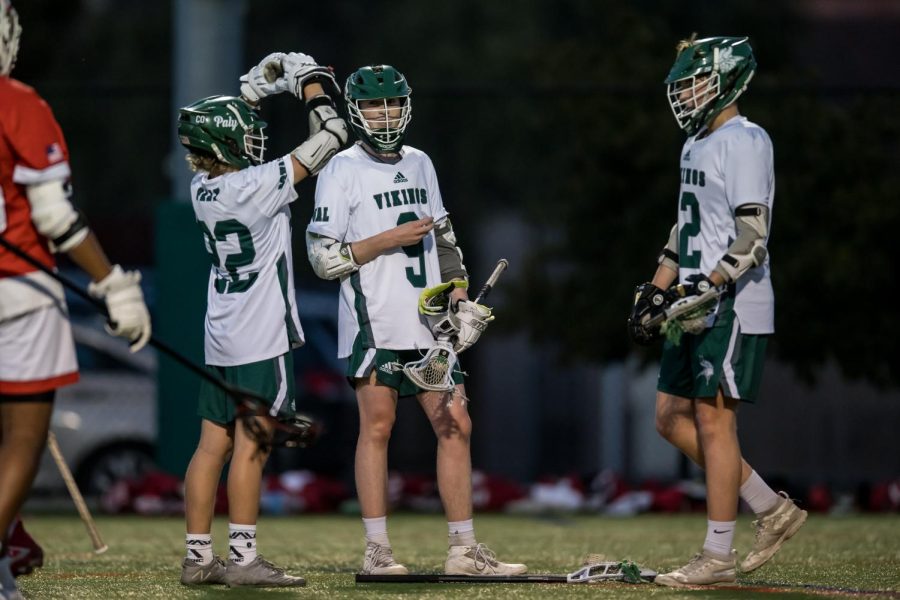The Goldilocks Principle in Coaching
In Viking’s last issue, my co-writer Eliza Gaither and I covered the impact of childhood sports on current Paly athletes in “Lessons From Little League.” The responses to this story have varied, and many readers brought up significant points that should be considered. In the story, we shed light on the possible harms of over-bearing coaching yet failed to investigate the other perspective of where there should be a space for high-intensity athletes to receive high-intensity coaching because, for some, challenging coaching produces hard work. But, how far is too far, or how far is not far enough? Finding this “just right” balance in coach is difficult, and unlike Goldilocks, there is sometimes much more
In the article, we interviewed Child Development specialist and educator Hillary McDaniel, who represented the view that child sports do more harm than good. After talking to McDaniel again, she clarified her statement.

“I would like to specify that ‘tough’ coaching has proven to cause a negative psychological impact on athletes,” McDaniel said. “The athletes who experience coaches who behave in an authoritarian way tend to struggle in other areas, emotionally and socially.”
“Lessons From Little League ” confuses “tough” coaching with constructive coaching. I talked to Paly senior Charlie Bates about his experiences with different coaching styles.
“Honestly, for me, hard coaching has always pushed me to my best, and it was on those teams, with that really loud, instructive coach, that I saw the most improvement,” Bates said.

While supportive and positive coaching approaches are advocated for in most adolescent sports spaces, there is a growing recognition of constructive and hard coaching. This coaching style challenges athletes to step out of their comfort zone, recognize and push their limitations, and strive to get better.
According to The New York Times, more than 45 million children in the United States are engaged in a sport at a young age, but 70% will quit playing by the age of 13. This could be for various reasons, for example, choosing to focus on a musical or artistic activity or financial difficulties. Additionally, the Centers for Disease Control and Prevention (CDC) found that the relationship between a coach and athlete is more important and impactful than one may think.
Having a non-family member as an adult role model can be highly beneficial to some children, the CDC reported. Being able to wind down at a practice and focus on a sport with an adult leader who can help guide young people can set the foundation for not only athletics success but in life as well.
In competitive and high-stakes environments, athletes can learn how to manage their stress and learn how to approach issues with grit and perseverance. Athletes are pushed to their best by their coaches, who help them build the resilience to stay committed to their goals over time.

A senior who wishes to stay anonymous has experienced a lot of different coaching styles during her high school career, with experience on both the field hockey and lacrosse teams.
“I find that a balanced combination of both really works for me as an athlete,” she said.
The varsity girls lacrosse team recently underwent a change in the coaching staff, and with that a change in coaching styles. The more strict coaching approach seemed to have a positive effect on the girls lacrosse team according to our anonymous source.

“Our coaches my sophomore year (2022) were very strict and didn’t put up with much,” she said, “However, last year, there was a big change in coaching styles. I found that the practice attendance was higher in our previous coaching.”
Authoritative coaches instill accountability in their players. By setting high expectations and holding the team to standards, these coaches encourage them to take responsibility for their actions and outcomes. This could crystallize itself in the player’s relationships and interactions with each other and their commitment to the team.
Does constructive coaching work for every athlete? No. Does extremely positive and soft coaching work for every athlete? No. Each athlete comes with different learning styles and different skills, and that’s why sports have such a diverse range of participants. However, as we think about coaching styles, it is essential to recognize the value in all types of coaching that get student-athletes to where they want to go, whether that’s their performance on the field or their overall achievements in life.






